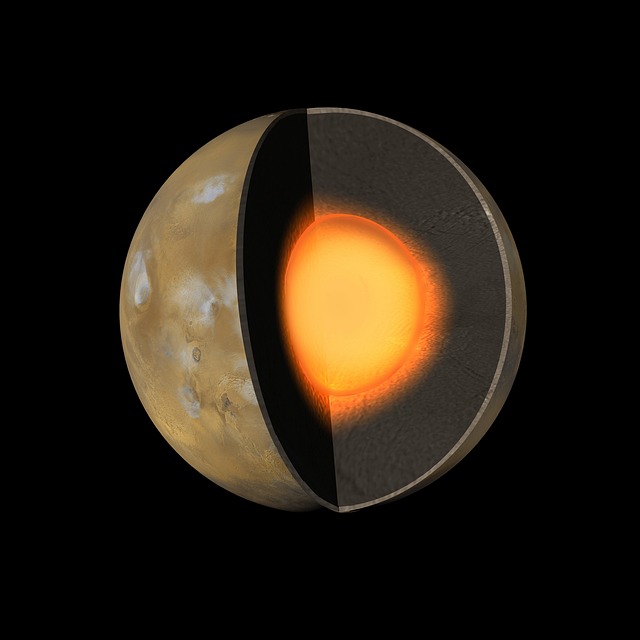Introduction: The Art of Scratch Building Model Aircraft
Scratch building is the craft of constructing a scale model aircraft entirely from raw materials, like wood, plastic, and metal, rather than assembling a pre-made kit. This rewarding approach offers unparalleled creative freedom, allowing you to build rare prototypes, unique variants, or simply achieve a level of detail impossible with standard kits. While demanding patience and developing specific skills, transforming basic materials into a miniature aircraft provides immense satisfaction and a truly unique final piece.
Essential Tools and Materials for Your Workshop

Setting up your workspace with the right tools and materials is the first step towards successful scratch building. Here’s a foundational list:
- Modeling Wood: Balsa (lightweight, easy to carve), Basswood (denser, holds detail well).
- Plastic Sheets: Styrene is most common; various thicknesses are needed.
- Cutting Tools: Sharp hobby knife (e.g., #11 blades), razor saw, micro-saws, scissors.
- Adhesives: Cyanoacrylate (CA) glue (quick bonds), PVA/white glue (wood, paper), epoxy (strong structural joints).
- Fillers: Modeling putty (e.g., Tamiya, Squadron) or epoxy putty for seams and shaping.
- Sandpaper & Sanding Sticks: Various grits (e.g., 180 to 1000+) for shaping and smoothing.
- Measuring Tools: Steel ruler, digital calipers, protractor for accuracy.
- Drafting Tools: Compass, French curves, flexible ruler for curves and outlines.
- Paints & Finishing: Primers, acrylic/enamel paints, clear coats, brushes, airbrush (optional but recommended).
- Reference Materials: The cornerstone! Accurate scale drawings, photos, technical manuals.
Critical Planning and Research Phase
Thorough planning is the blueprint for your build. Start by selecting your subject aircraft and gathering comprehensive reference materials. Accurate scale drawings (three-views are essential) are paramount – seek them from reputable sources like aviation museums, specialized publishers, or online archives. Supplement drawings with numerous photographs showing the aircraft from all angles, including close-ups of details like panel lines, rivets, and cockpit interiors. Understanding the real aircraft's structure is key to a convincing model.
Choose your build scale carefully. Common aircraft scales like 1/72, 1/48, and 1/32 offer different balances between size, detail potential, and display space. Larger scales (e.g., 1/32) allow for more intricate detailing, while smaller scales (e.g., 1/72) are more manageable for larger aircraft or limited space.
Core Construction Techniques

Scratch building employs diverse techniques, often combined within a single project, depending on the aircraft part and materials:
- Frame and Stringer: Building an internal skeleton (formers and longerons) like the real aircraft, then covering ('skinning') with thin plastic or wood. Ideal for fuselages and wings.
- Laminated Construction: Gluing layers of sheet material (wood or plastic) together, then carving and sanding to the final shape. Good for thicker components like wing roots.
- Carving and Shaping: Starting with a solid block (wood, dense foam, or layered plastic) and carving/sanding down to the desired form. Suitable for fuselages, engine nacelles, or drop tanks.
- Vacuum Forming: Heating a plastic sheet until pliable, then draping it over a master form using vacuum pressure. Excellent for canopies, cowlings, and complex curves.
- Component Fabrication: Creating small, intricate parts (landing gear struts, cockpit details, antennas, ordnance) from wire, tubing, plastic rod/strip, and other raw stock.
Finishing: Bringing Your Model to Life
The finishing stage transforms your construction into a believable replica. This involves meticulous surface preparation (sanding, filling imperfections), priming to create a uniform base, painting, and applying markings (custom decals or masks). Careful masking is essential for sharp color demarcations. Weathering techniques—like panel line washes, dry brushing for highlights, paint chipping, and exhaust stains—add realism and a sense of operational history.
Resources for Continuous Learning
The scratch-building journey is one of continuous learning. Online forums and communities are invaluable for exchanging tips, showcasing work, and finding solutions. Books and magazines dedicated to scale modeling often feature scratch-building articles and techniques. Don't underestimate local hobby clubs or shops for networking and advice.
